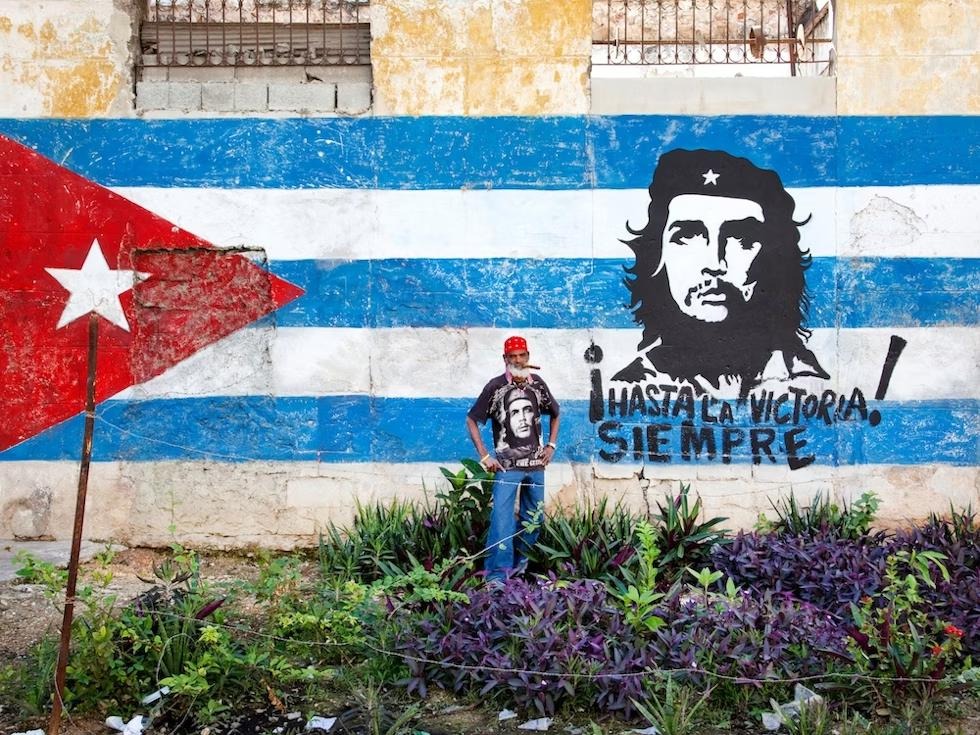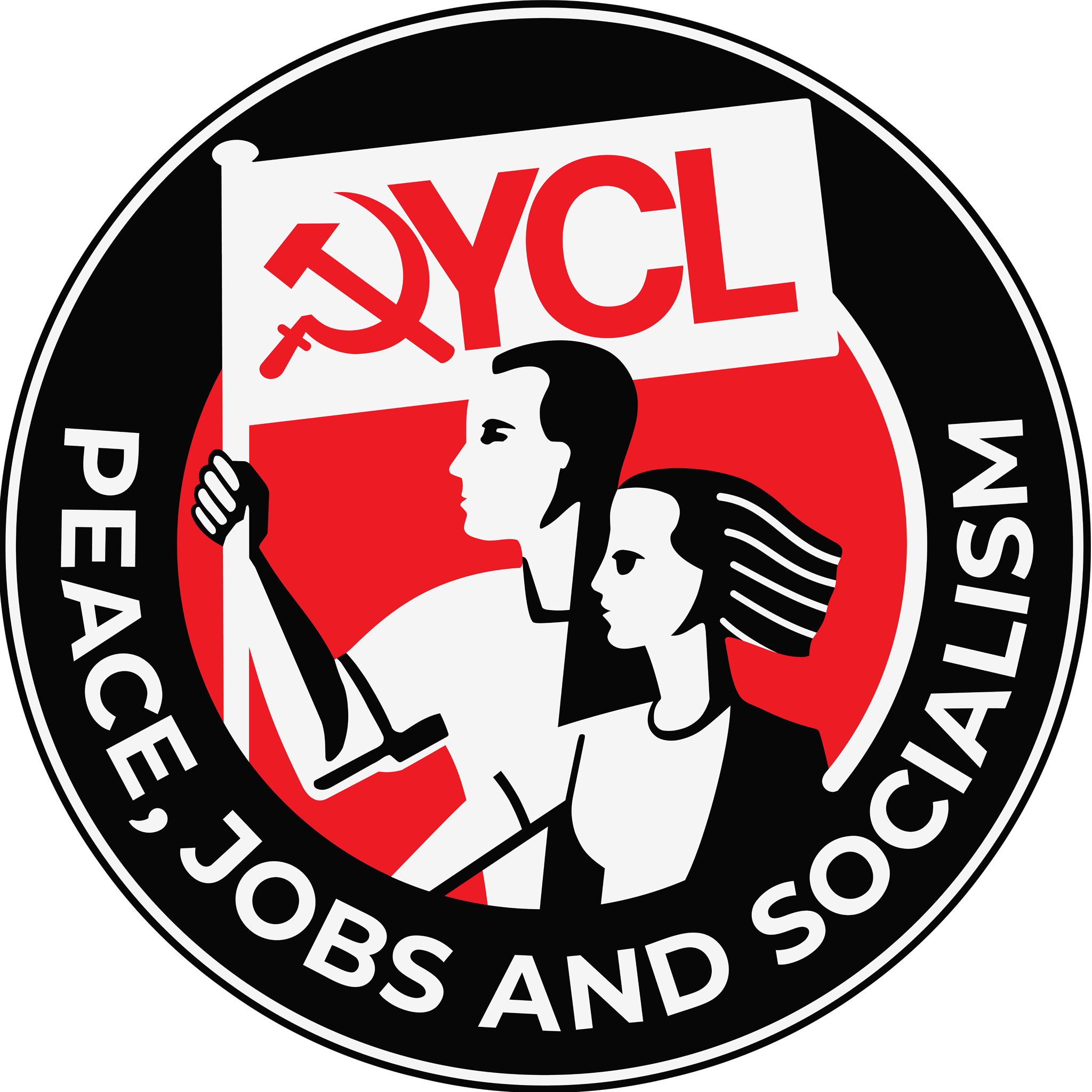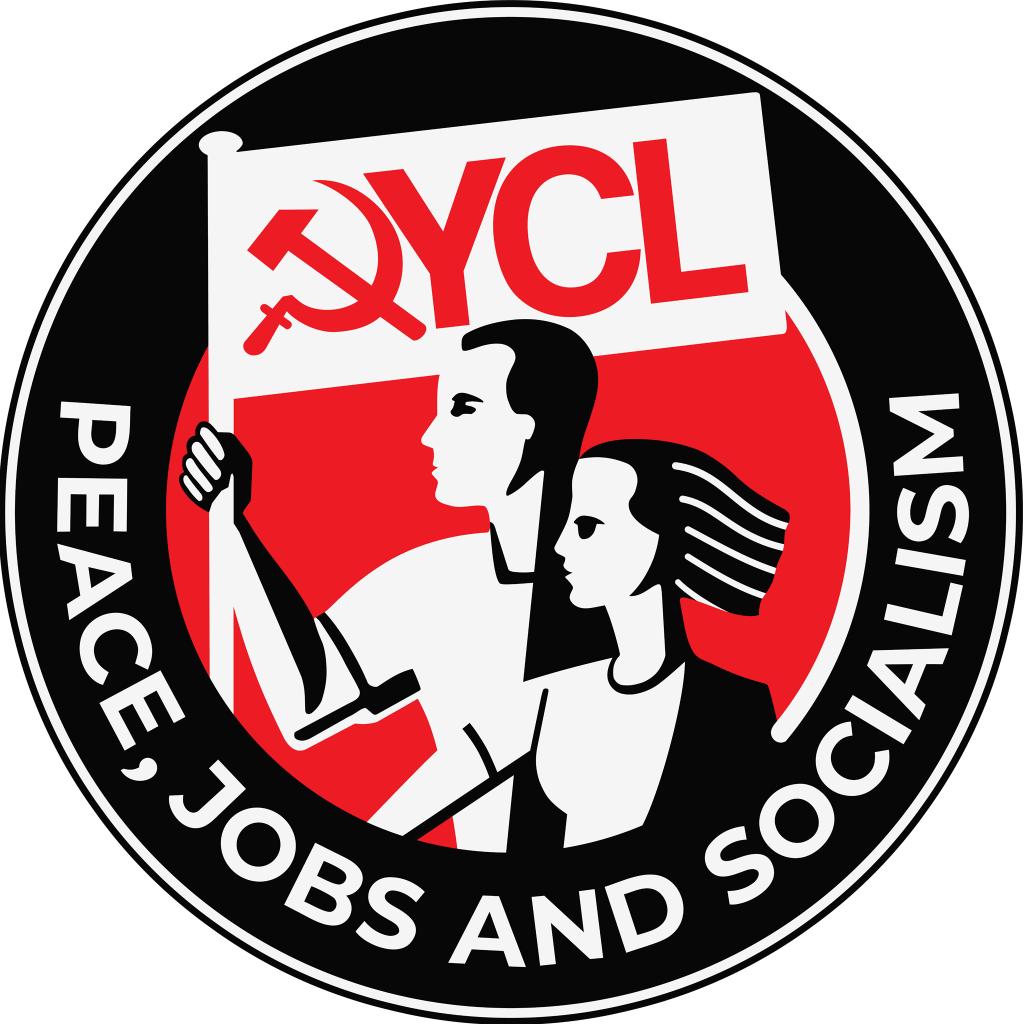Like many other socialist states, the Cuban revolution emerged out of the country’s relationship with imperialism. Spanish colonialism began in the early 16th century, which included a genocidal invasion that wiped out multiple native Cuban ethnic groups. In the centuries that followed, Cuba became a centre of the Spanish slave trade, with first tens of thousands, then later hundreds of thousands of slaves from Africa working the country’s sugar plantations. Since 1763, Cuba’s economy had centred around the export of sugar with it being the sugar hub of the world. By 1850, 80% of Cuba’s exports were sugar and in 1860, Cuba produced a third of the world’s sugar, an industry which produced a class of wealthy and powerful plantation owners as well as economic dependence on the United States which bought 80% of its exports.
Inspired by liberation movements from Spanish and colonial rule, like the Haitian Revolution in 1791 and the Bolivarian revolutions in Latin America, the 19th century saw a rise in national liberation struggles and uprisings in Cuba. Slavery was finally abolished in Cuba in 1886, but plantation labourers did not enjoy much better conditions, with cholera, malaria, and influenza epidemics common. Cuba waged three liberation wars against Spanish rule, starting with the Ten Years’ War from 1868 to 1878, and ending with the Cuban War of Independence from 1895 to 1898 which led to the death of the national revolutionary martyr José Marti.
The United States of America, which had repeatedly tried to purchase Cuba from Spain, intervened during this time as part of their imperialist ambitions in Latin America, waging war with Spain for domination of the island. Spain surrendered in 1898 and the two imperialist powers signed the Treaty of Paris, blocking Cuban participation in the peace talks which were supposedly to grant Cuban independence, although the U.S. occupation continued. In 1901, U.S. control of the island was further deepened by passing the Platt Amendment of the Army Appropriations Act, which granted the U.S. almost full control of the island short of annexation, and paved the way for establishing the Guantanamo Bay military base which still exists on Cuban soil illegally to this day.
The early 20th Century saw a series of uprisings against what Cubans recognised as a comprador government which served U.S. imperialism, culminating in the Cuban Revolution of 1933, also known as the Sergeants’ Revolt. This uprising against U.S. colonial domination was backed by students and various other progressive classes of Cuban society, and the provisional government which was installed ended the Platt Amendment, established an eight-hour day and a minimum wage for the workers, and implemented agrarian reforms for the peasantry. It was overthrown in 1934 by right-wing elements of the military, led by Fulgencio Batista who was backed by the United States and the wealthiest elements of Cuban society.
To quell rising discontent against the Batista regime, including many student riots and demonstrations, the government suspended the constitution, banned strike action, censored the media, and carried out wide-scale violence, torture, and public executions of communists and sympathisers, leading to the deaths of up to 20,000 people.
The revolutionary leader Fidel Castro and his brother Raúl gathered support for an armed uprising against the Batista regime, leading an attack on the Moncada Barracks on the 26th July 1953. Although the people did not take power that day, and several of the revolutionaries were executed, the 26th July is still celebrated in Cuba and throughout the world as a key turning point in the revolutionary struggle. After several years in prison, Castro was granted political amnesty and went into exile with his brother in Mexico, which is where they met the Argentine revolutionary, Ernesto “Che” Guevara.
Together, these three revolutionaries organised the 26 July Movement in Mexico, launching another failed assault on Santiago in 1956. Castro and Che Guevara escaped into the mountains with only a handful of fighters, but their campaign of guerilla warfare was backed by the working class and the peasantry, who soon joined to support them. After a successful revolutionary offensive, Batista fled the country on 1 January 1959, and the 26 July Movement took power with Fidel Castro as its leader.
The new revolutionary government immediately began initiating reforms to benefit the people, including the nationalisation of Cuban industries and a land reform campaign which granted farmland to nearly 200,000 Cuban families. The 26 July Movement merged with other socialist parties and later formed the Communist Party of Cuba in 1965, with Castro declaring that it would follow “a Marxist-Leninist program [which] will adapt the fundamental principles of Marxism-Leninism to our situation.”.
Since the revolution, the US has fostered hostile relations with Cuba, with the CIA arming anti-communist groups in the country and outside, directing these groups in the failed counterrevolutionary Bay of Pigs invasion and Operation Mongoose in 1961, trying and failing to assassinate Fidel Castro 638 times, and cutting Cuba off from international trade with a cruel blockade. Despite these incredible hardships at home, Cuba has consistently engaged in anti-imperialist solidarity work throughout the world, supporting health, education, and military development in Africa, Latin America, and Asia; backing communists in Nicaragua and Vietnam; and supporting 17 liberation movements and left governments in Africa.
The history of socialist development in Cuba has been a tale of great successes in the face of harsh difficulty. Following the Cuban revolution there was the period known as the “Great Debate”, in which there were broadly two schools of thoughts on how socialist development should occur on the island. One was to follow the Soviet style model, while the other was the Budgetary Finance System as advocated by Che Guevara, who argued that the Soviet system would fail to provide the collectivist consciousness in the workers for the revolution to prevail. This debate has continued to this day, and Cuba has continued to walk the line between centralised planning and careful utilisation of market forces.
Following the collapse of the Soviet Union in 1989, Cuba was plunged into an economic crisis, from which emerged a period of particularly difficult struggle known as the Special Period. The crisis from losing Cuba’s closest ally and trading partner was vast and the Cuban GDP fell by 35% in just 3 years. As in other places, the Cuban government had to make difficult decisions about how to survive in a post-Soviet world where socialism was historically weak, which led to a bolstering of the state capitalist and private sectors of the economy as a temporary retreat before future socialist advance.
The Cubans demonstrated a commitment to revolution and anti-imperialism and survived the collapse of the USSR, thanks in no small part to the resilience and collectivist socialist spirit of the Cuban people. Despite their challenges, the Cuban revolution has continued to advance. Life expectancy has increased by 18 years, now surpassing the United States, despite having a small fraction of the wealth. Healthcare and education from childhood to adulthood is completely free, Cuba has a higher ratio of teachers to students and doctors to patients than any other country, and hundreds of thousands of healthcare workers have participated in missions to over 150 countries. Cuba has eradicated many diseases from the island and developed vaccines for Meningitis-B, Hepatitis-B, and Dengue, and the literacy rate was raised from 77% to 99% in just seven months after the revolution. Cuba also has some of the highest levels of gender equality in the world, with the second-highest female representation in their National Assembly.
It is these achievements on the doorstep of the most powerful imperialist force on the planet that make Cuba a continued source of inspiration for workers, socialists, communists, and anti-imperialists all around the world, and Britain’s trade unions continue to send delegations to see Cuban socialism in practice. At the same time, we need to be on guard against anti-communist propaganda about the island, to continue to build power against US imperialism and the blockade on the island, and to be reinforcing the political link between Marxism-Leninism and the Cuban model to build the revolution at home.
After all, in the words of Fidel Castro: “I am a Marxist-Leninist and I will be one until the last day of my life.”
Further Reading:
Comrade of the Revolution: Selected Speeches of Fidel Castro, F. Castro
History Will Absolve Me, F. Castro
The Declarations of Havana, F. Castro
The Gigantic Casino, F. Castro
Cuba: Anatomy of a Revolution, L. Huberman
A Short History of Revolutionary Cuba, A. Kapcia
We Are Cuba!, H. Yaffe
Discussion Questions:
- Is social equality possible under capitalism or a guarantee under socialism? Why/why not?
- How does a country avoid economic reliance on another country, whether capitalist or socialist?
- To what extent is anti-communist propaganda as effective against Cuba as elsewhere? What are the reasons for this?
- What are the main threats to the socialist revolution in Cuba and how do we fight them from Britain?
- Fidel Castro did not consider himself a Marxist-Leninist until after the revolution. On this basis, how should we characterise the Cuban revolution?



